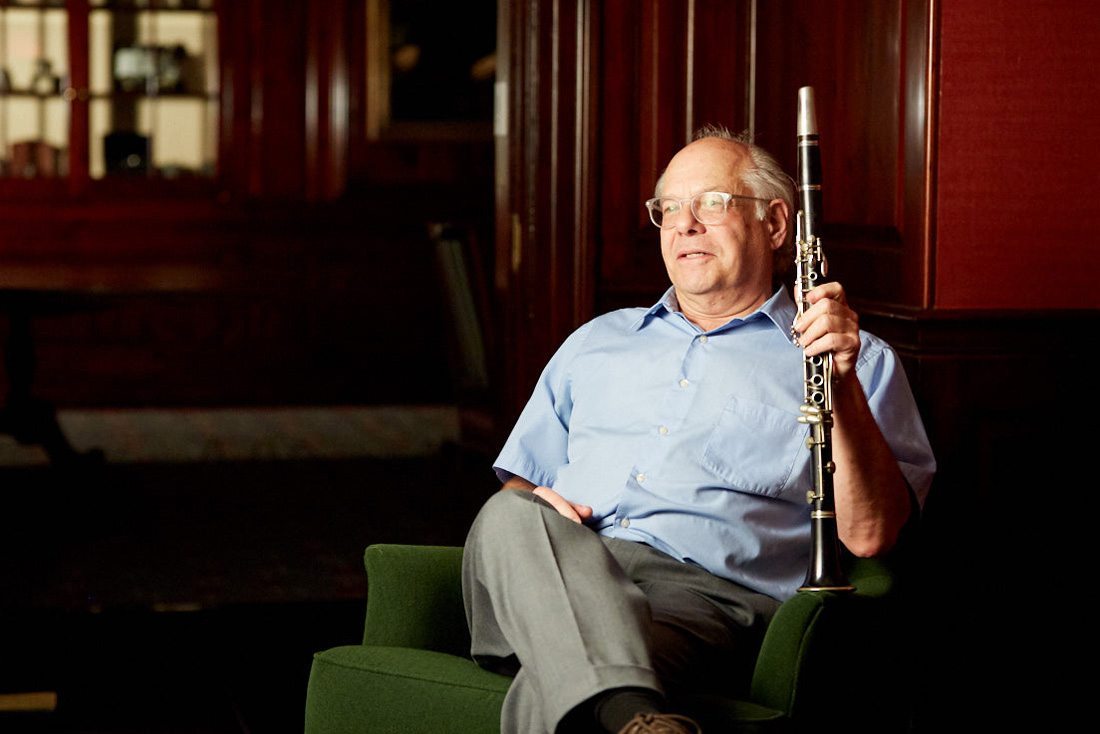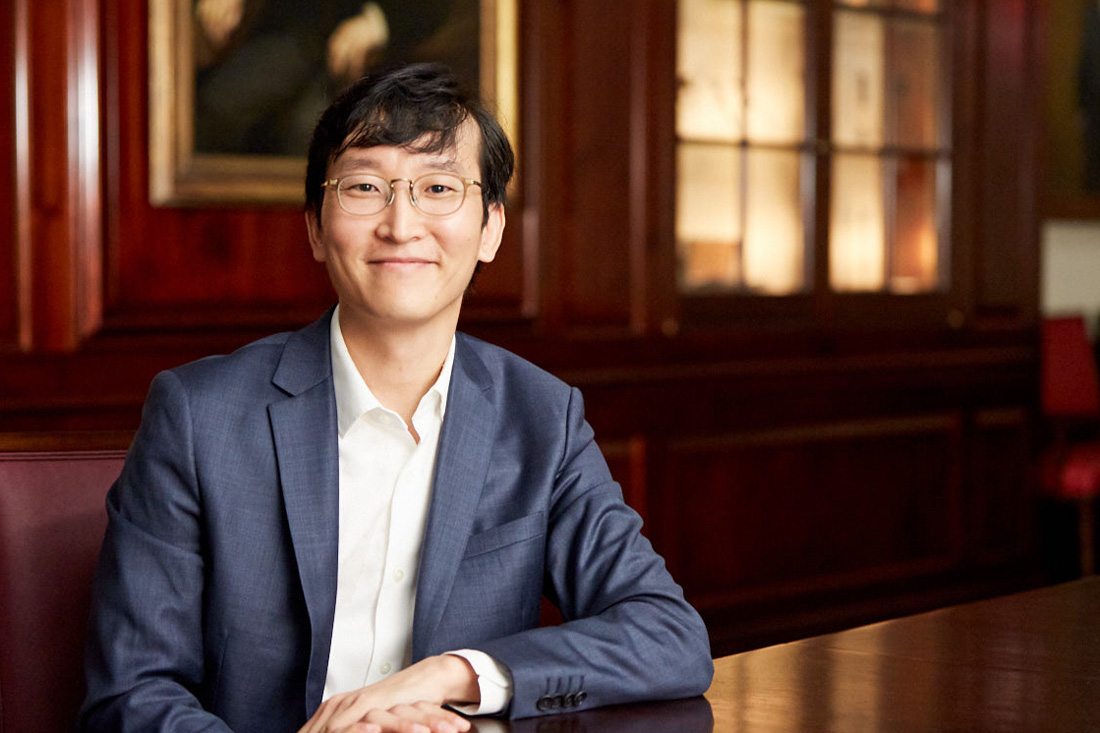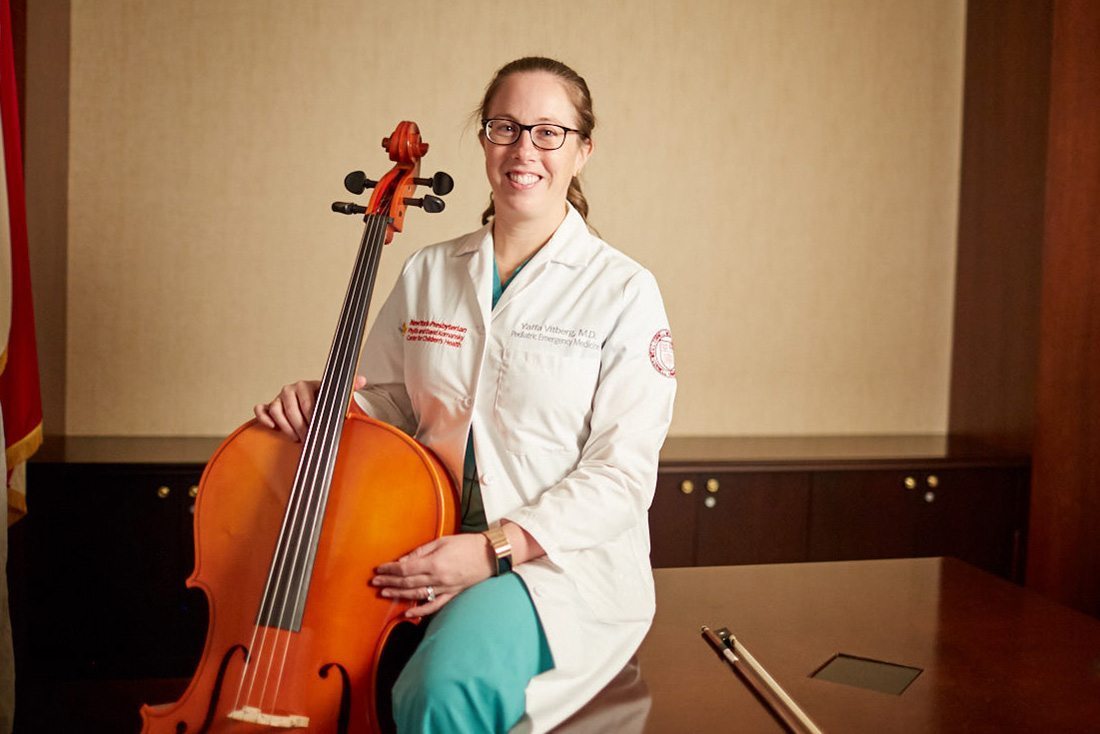Behind the Scenes at Music and Medicine Orchestra’s Holiday Concert
A unique orchestra enables members of the medical community to continue their passion for playing music.
After finishing a recent shift in the pediatric emergency department at NewYork-Presbyterian/Weill Cornell Medical Center, Dr. Yaffa Vitberg hauled her cello to rehearsal to prepare for the annual fall concert.
Joining her was Dr. Edward Moss, a urologist at NewYork-Presbyterian Lower Manhattan Hospital and a 60-year veteran of the clarinet, along with dozens of other doctors, residents, students, and additional members of the medical community throughout New York City who constitute the Music and Medicine Orchestra.
Music is an essential part of the holiday season, a time of song and celebration, and every year the orchestra contributes good cheer.
The Music and Medicine Initiative at Weill Cornell Medicine was founded in 2008 by Dr. David Shapiro, who served on the admissions committee and noticed that many medical school applicants had serious musical backgrounds. He created the program to make it possible for students to “continue their musical lives while they were on campus.”
“Many physicians and scientists have a passion for music,” says Dr. Shapiro, attending psychiatrist at NewYork-Presbyterian/Weill Cornell Medical Center and clinical professor of psychiatry at Weill Cornell Medicine.
Today, the program includes a jazz ensemble, an a cappella group, chamber music groups, and a full orchestra. The latter performed its annual fall concert for the public November 21 at Caspary Auditorium at Rockefeller University. The program featured works by Wolfgang Amadeus Mozart and Camille Saint-Saëns. There is also a concert every spring.
Kyunghun Kim, the conductor, has been with the orchestra since 2014.
“It’s a beautiful hall,” Kim says, “and all these people dressed up and taking the music so seriously and so pleasantly — it is quite special for them to pour out their hearts into the concert.”
The musicians are grateful for the opportunity to flex their artistic muscles, too, and pledge to attend at least five of the six rehearsals that take place before each concert.
“It’s very important in medicine to keep your hobbies. And this is one hobby that I truly love,” says Dr. Vitberg, who has played with the orchestra four years and sometimes dashes to rehearsal in her scrubs. “I look forward to it every time we have rehearsals and concerts.”
Peter Hung, a fourth-year student at Weill Cornell Medicine who plays violin, viola, and piano, says he counts on music to help him relax. “On Monday nights, we get to put down our white coats and medical equipment, take over our instruments, and just have fun. We find relaxation in doing what we love.”
Connecting Music and Medicine
Music also helps drive their work.
“You get the creative juices going in interpreting the [music], hearing the sound, always striving for a better and better sound that you create,” says Dr. Moss. “Just like as you’re taking care of patients, you always strive to be a better and better doctor. So this is an ongoing challenge.”
As Dr. Shapiro noted in founding the program, there is a deep connection between medicine and music, and the musicians say their participation in one enhances the other.
Hung and fellow students from the Music and Medicine program play at bedsides and in an infusion center for cancer patients, and they throw impromptu recitals for patients and their families at NewYork-Presbyterian/Weill Cornell Medical Center.
“People say there are deep neurological connections about how music is deeply embedded inside the wiring of the brain,” Hung says. “I think of it more simply in that music makes people happy and they find comfort in it. During hard times of physical sickness,” he says of patients, “that sort of mental and emotional support through music makes a big difference.”
“My day-to-day or day-to-night job is very stressful, and working in the emergency room, you have to be ready for whatever emergency comes through the door,” says Dr. Vitberg. “And dealing with children is definitely a heightened level of stress. So music relaxes me, and there are some kids I can bond with because they play an instrument in their orchestra at school. … There is often music [playing] in the emergency room while I’m working.”
Dr. Moss cites a skill set that includes discipline, motivation, and commitment as the basis for success in both practicing medicine and playing music. “There is enjoyment in the creativity that you get at the end result with music, whereas using those skills, taking care of a patient, there’s satisfaction that you’ve helped another human being,” says Dr. Moss, an affiliate assistant professor of clinical urology at Weill Cornell Medicine.
The program’s artistic director, Dr. Richard Kogan, is a psychiatrist and concert pianist who performs 50 lecture/performances a year in which he explores the connection between music and medicine.
“Music can soothe anxiety, reduce pain, and lift spirits,” says Dr. Kogan, a clinical professor of psychiatry at Weill Cornell Medicine. “These are goals that all physicians strive for.”
Music and Medicine program manager Nancy Amigron concurs, adding that music is an invaluable component of recovery.
“Music is a healing art,” she says, “and helps patients respond in a medical setting. It lightens up everything — always.”
This article was originally published in December 2017




